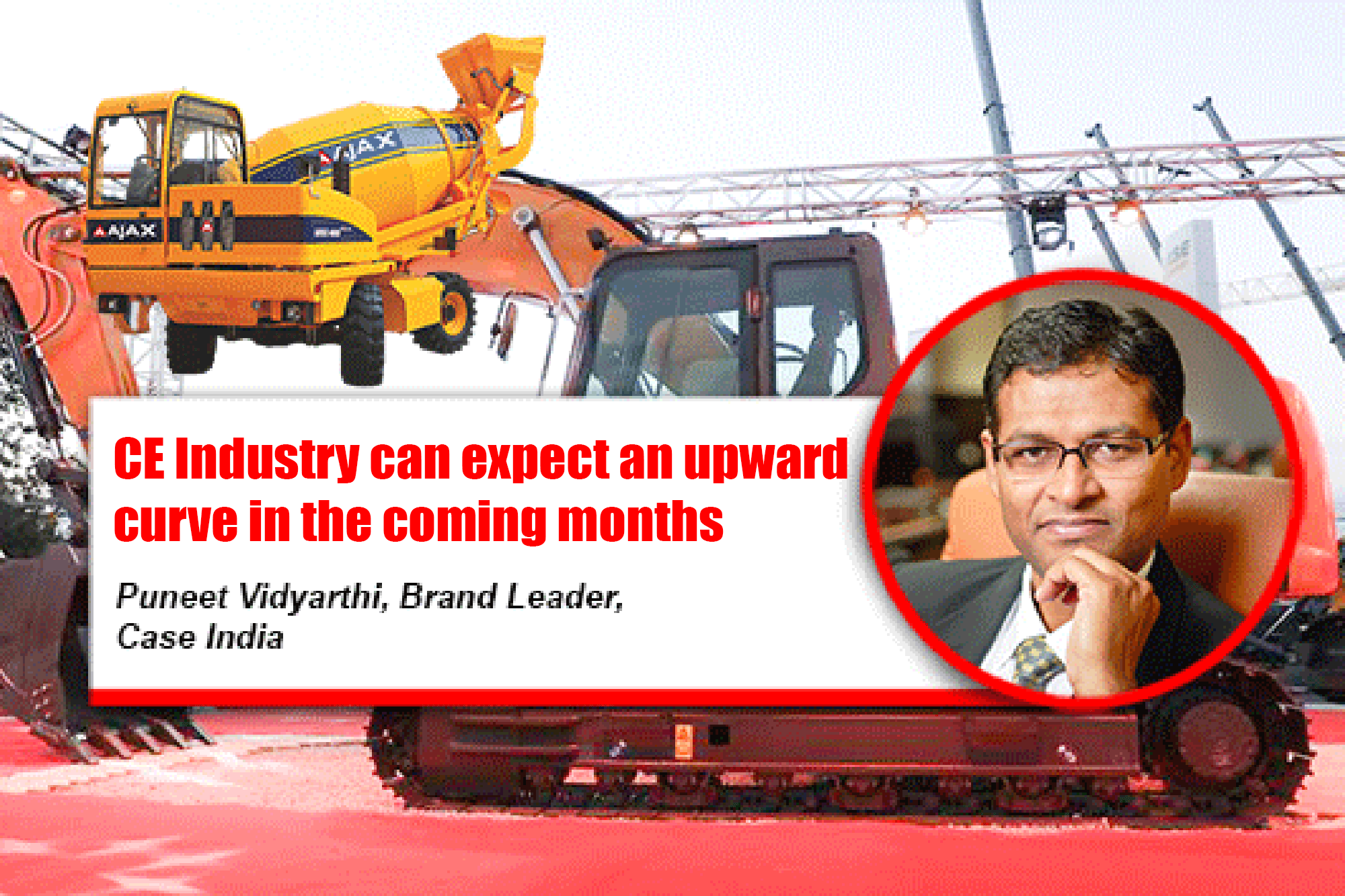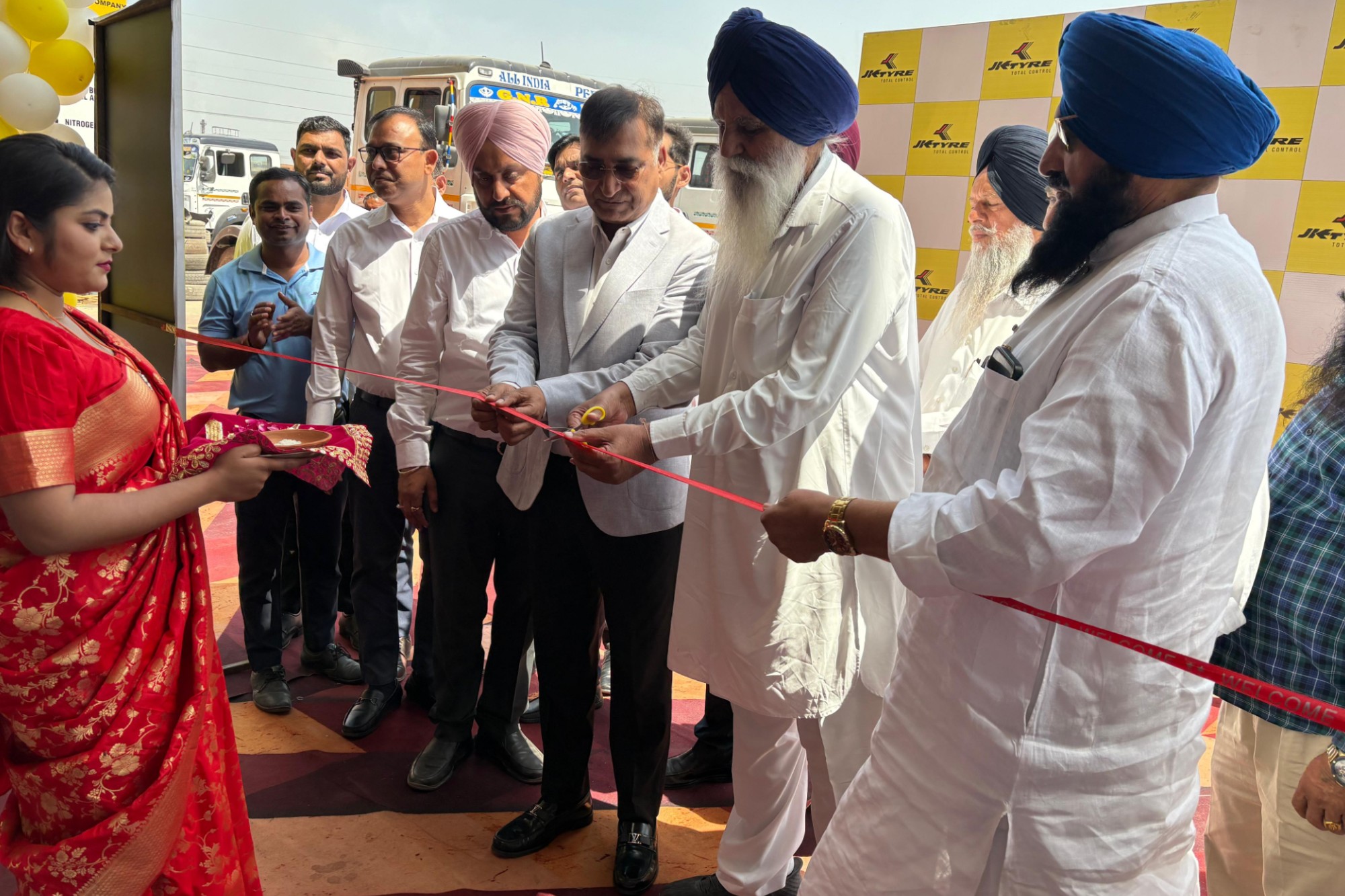CE Industry can expect an upward curve in the coming months
By Edit Team | May 11, 2020 1:03 pm SHARE

The government is doing its best to cover their bases and ride out of this pandemic in the best possible manner. In order to revive the industry, steps have been taken to increase the activities in the infrastructure sector says Puneet Vidyarthi, Brand Leader, Case India.
In the view of current market dynamics, what kind of forecast you have for the construction and infrastructure segment for the year 2020?
The year 2020 started on a positive note with the Indian government refocusing on infrastructure but the emergence of the Covid-19 pandemic has created an unprecedented roadblock. This pandemic has not only affected people and communities but also adversely affected economies all over the world and in the process halted all kind of commercial activities.
A KPMG report suggests a deceleration of the GDP growth and a rather subdued revival of vital sectors of the country in the current fiscal. This transition will reflect on the construction and infrastructure segment as well. However, silver linings do exist for the sector in the form of recent announcements by the government to double the pace on project distribution and construction. If these assurances come to fruition, the CE Industry can expect an upward curve in the coming months.
The emergency necessitates social spending, keeping that in view what measures need to be taken to ensure promised infrastructure and road projects are delivered on time too?
The government is doing its best to cover their bases and ride out of this pandemic in the best possible manner. In order to revive the industry, steps have been taken to increase the activities in the infrastructure sector. The government has also allowed construction activities in certain areas to ensure project completion in time. A report by NIP suggests that the new and upgrading infrastructure projects with Rs 111 trillion of investment will be key to raising India’s competitiveness and making it a Rs 5 trillion (US$) economy by 2025. These are not exactly times where we should be demanding for more steps towards a particular sector/industry. The priority of the government is its citizens first and then the economy – so we’re happy with whatever has been done so far and look forward to helping in every way possible to revive the construction industry.
What measures have you taken to ensure worker safety during ongoing execution of projects?
At Case India, our employees are our number one priority. We have full time and part-time employees who are partners in helping our vision come to life at our plants and offices. Even before the lockdown, we were allowed to work from home. After the lockdown was initiated, this became a new normal for us. All of our product trainings are now done online. Dealers and partners log in remotely and we’re able to take them through critical information. When the lockdown is lifted, we’re sure these initiatives will help us hit the ground running. We are also ensuring that all our deliveries are sanitized and all facilities/dealerships and warehouses follow a strict protocol for sanitization and safety.
How will this current market scenario increase the role of AI and automation among OEMs? Likewise, do you feel the role of indigenous technology too will increase?
Case has always been a technology first brand. Our state of the art plant at Pithampur, Madhya Pradesh is a testament to this. We export to multiple SAARC countries and the AMEA region and this would not be suitable if we didn’t have technology at the forefront.
The current scenario has increased our reliance on technology in terms of communication. All of us are now scrambling to join our next online meeting and collaborate through various apps to get work done. It’s difficult to predict the adoption of new technology in a country like India. Unlike in the West, we do have challenges in terms of adequate training and education. The easy availability of labour also contributes to some sluggishness in adopting automation and AI. However, we are firm believers in adopting technology that enables us to work better. Our machines are prime examples of this. Whether it is the revolutionary FPT engine or the state of the art Telematics systems – we like leading from the front when it comes to technology that enables. We’re not big fans of using tech where it is not necessary. But if we find that it can benefit productivity and help our customers in any way – we’re all in.
Cookie Consent
We use cookies to personalize your experience. By continuing to visit this website you agree to our Terms & Conditions, Privacy Policy and Cookie Policy.























































